Table of Contents
Theory of Isostasy | Geography Optional | UPSC – IAS
Introduction to Theory of Isostasy
The term “Isostasy” is derived from “Isostasios”, a word of Greek language meaning the state of being in balance or equal standing or in equipoise. The theory of isostasy explains, the tendency of the earth’s crust to attain equilibrium and the distribution of the material in the earth’s crust which conforms to the observed gravity values.
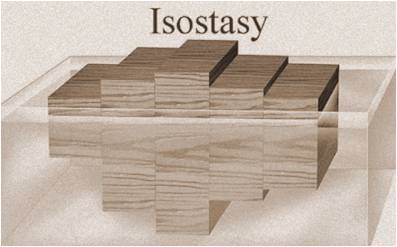
- Theory of Isostasy, is a fundamental concept in geology, is based on the opposing influence of two main forces – Buoyancy and Gravity
- It is the state of gravitational equilibrium between earth’s crust and mantle, Such that – The crust floats at an elevation that depends on its thickness and density.
- It is the idea that the lighter crust must be floating on the denser underlying mantle.
History and Explanation (Theory of Isostasy)
- Theory of Isostasy was developed from gravity surveys in the mountains of India, in 1850. The term was first proposed by Clarence Dutton, an American geologist in 1889.
- This doctrine states that wherever equilibrium exists in the earth’s surface, equal mass must underlie equal surface areas; in other words a great continental mass must be formed of lighter material than that supposed to constitute the ocean-floor.
- Thus, there exists a gravitational balance between crustal segments of different thickness. According to Dutton, the elevated masses are characterized by rocks of low density and the depressed basins by rocks of higher density.
- In order to compensate for its greater height these lighter continental material must extend downward to some distance under the continent and below the ocean-floor level in order that unit areas beneath the oceans and continents may remain in stable equilibrium.
- Accordingly, a level of uniform pressure is thought to exist where the pressure due to elevated masses and depressed areas would be equal. This is known as the ‘Isopiestic-Level‘.
Understanding the Concept of Theory of Isostasy
- It is invoked to explain how different topographic heights can exists on the Earth’s surface. Isostatic equilibrium is an ideal state where the crust and mantle would settle into in absence of disturbing forces. These are the examples of processes that perturb isostasy :-
- The waxing and waning of ice sheets,
- Erosion, sedimentation, and
- Extrusive volcanism
- The physical properties of the lithosphere (the rocky shell that forms Earth’s exterior) are affected by the way the mantle and crust respond to these perturbations.
- Therefore, understanding the dynamics of isostasy helps us figure out more complex phenomena such as:-
- Mountain building,
- Sedimentary basin formation,
- The break-up of continents and
- The formation of new ocean basins
Postulations of Airy (Theory of Isostasy – UPSC)
- According to him the crust of relatively lighter material is floating in the substratum of denser material. In other words, ‘sial’ is floating in ‘sima’.
- He considered the density of different columns (plains, plateaus, mountains, etc.) to be the same. Hence, he proposed the idea of ‘Uniform density with varying thickness’.
Postulations of Pratt (Theory of Isostasy – UPSC)
- Pratt considered land blocks of various heights to be different in terms of their density.
- The taller landmass has lesser density and smaller height features to be denser. If there is a higher column, density will be lesser and if there is a shorter column, density will be higher
- He accepted that all blocks of different height get compensated at a certain depth into the substratum. Thus, he denounced the root concept of Airy and accepted the ‘concept of a level of compensation’.

Difference between pratt and airy Isostasy
| Views of Airy | Views of Pratt |
| •Uniform density of crustal material. | •Varying density of crustal material. |
| •Varying depth up to which root penetrates. crustal material reaches. | •Uniform depth up to which crustal material reaches. |
| •Deeper root below the mountain and smaller beneath plain. | •No root formation, but a level of Compensation. |
Both theories predict a relative deficiency of mass under high mountains,
- But –Airy’s theory is now known to be a better explanation of mountains within continental regions, whereas –
Pratt’s theory essentially explains the difference between continents and oceans, since the continent crust is largely of granitic composition which is less dense than the basaltic ocean basin.

UPSC – CSE Previous Year’s Questions (Mains)
- UPSC – CSE 2001 : Present a critical analysis of the theory of isostasy.
- UPSC – CSE 2007 : Define the concept of isostasy and discuss the postulations of Airy and Pratt.
- UPSC – CSE 2011 : Explain the concept of Isostasy as postulated by Airy and Pratt
- Difference between pratt and airy isostasy or Examine the difference between airy and pratt in view of isostasy..

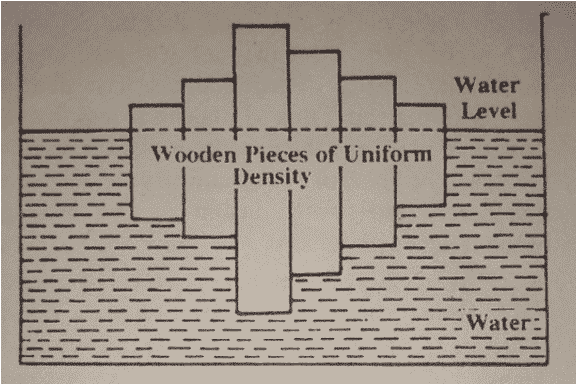


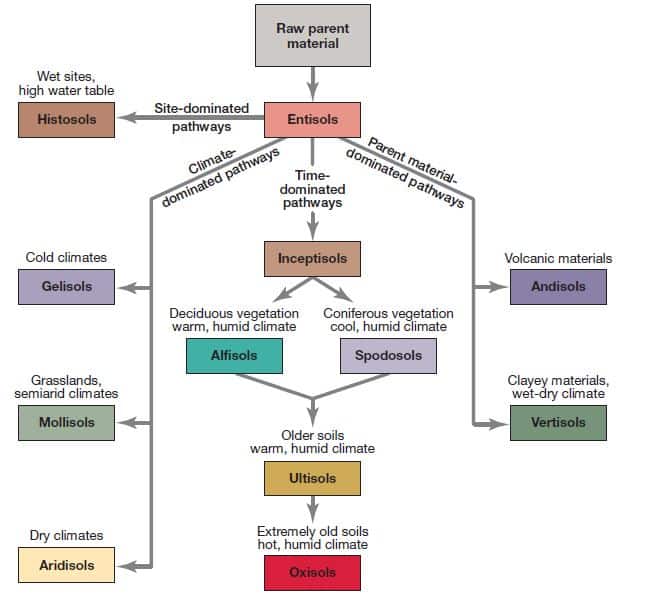

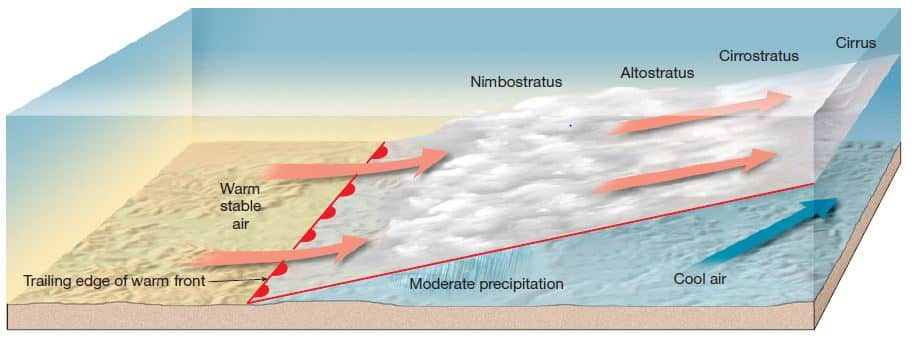

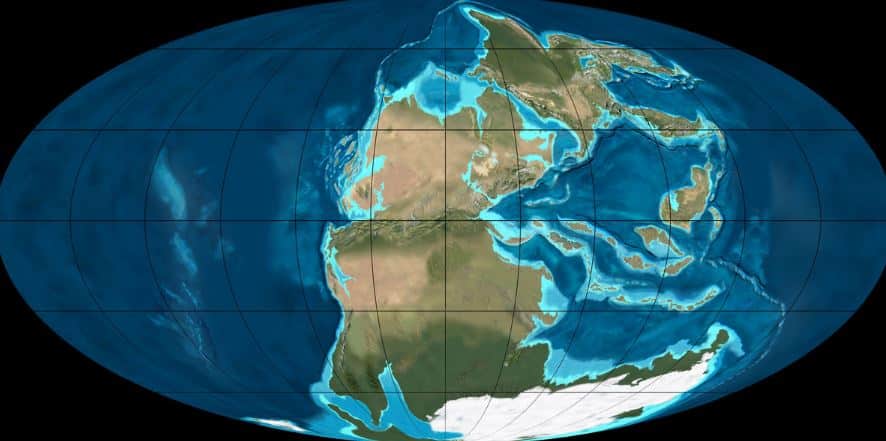
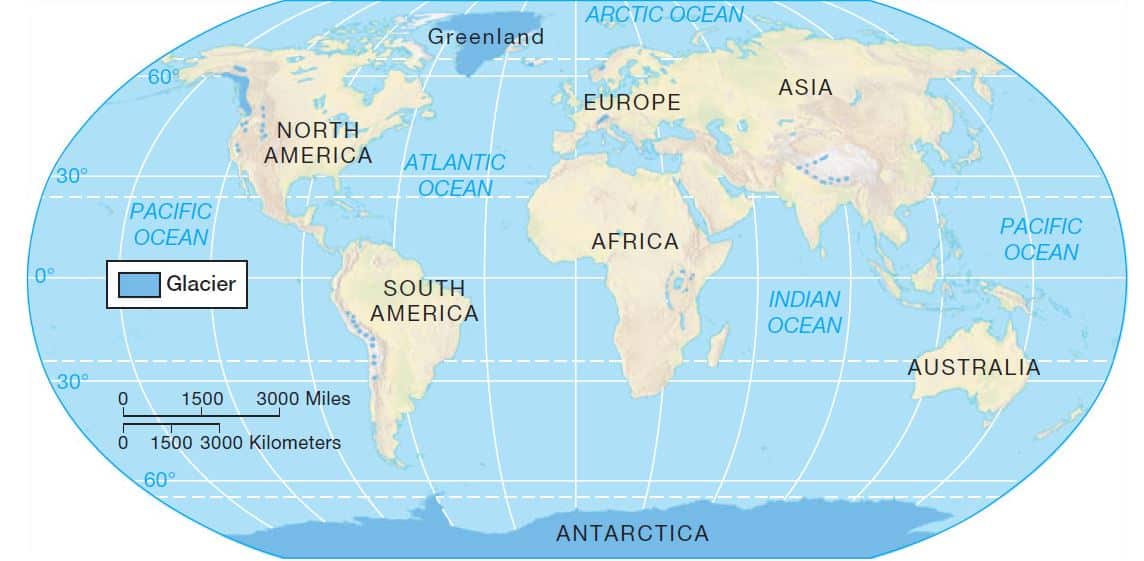


Easy to understand and in very concise manner .. accurately .. helpful in answer writing thank you